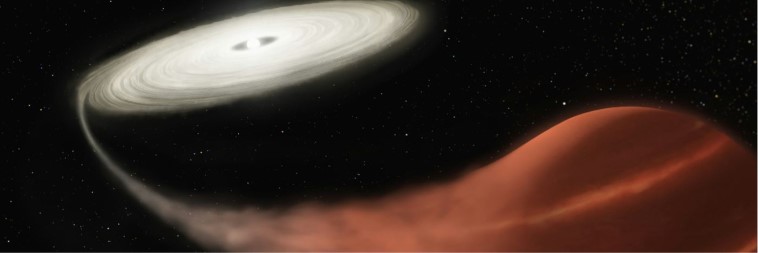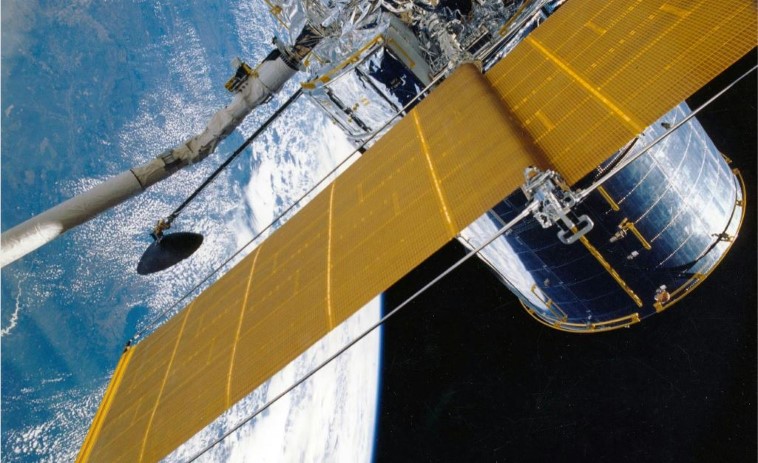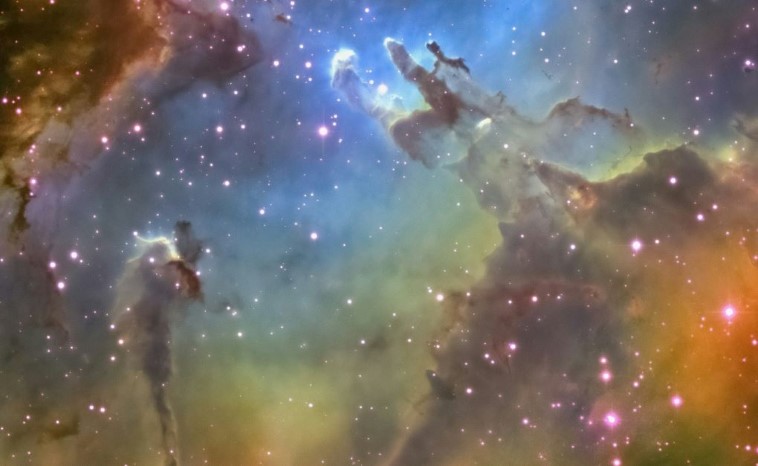Hubble left to work with only one gyroscope

The Hubble Space Telescope has a serious history of almost 34 years, a history filled with numerous, often very dramatic events, some of which spoke of the near end of the telescope, of its deorbiting and going into oblivion.
But nonetheless, Hubble continues to leave us breathless with its new images of space (check out the multimedia by NASA), and astronomers and other scientists say Hubble is still capable of great discoveries.
The lifetime of the Hubble Space Telescope is filled with a huge amount of collected data, incredible scientific discoveries and the eternal fear that the telescope will stop working forever.
And so, it has been since the beginning. First, its launch was delayed for five years by the space shuttle Challenger disaster, then, when it was placed into orbit, it turned out to have a mirror fault, so it took until that fault was fixed. And then its gyroscopes started to fail.
Gyroscopes are used to orient Hubble. With their help, the telescope turns up and down and left and right, and when it aims at its target, it is kept in focus as long as necessary. The gyroscopes rotate 19,000 times a minute, and HST has six of them, including three that are actually spares.

When they started to break down one after another, the telescope was serviced (in a special mission, while there were still shuttles), and later it was said that the telescope could work with a smaller number of gyroscopes, so that it could work with only two, and even only with one.
Today it is left with only one operational gyroscope. For the past six months, one of Hubble’s gyroscopes has been sending wrong readings to NASA. After resetting the gyroscope electronics, everything was fine for a while before the problem reappeared.
NASA foresaw the possibility of such a problem, so twenty years ago they developed a plan to solve it and extend the lifespan of the telescope. To this end, NASA uses other sensors on the telescope, such as cameras and magnetometers.
Operation with a single gyroscope was tested by NASA back in 2008 and that test did not show any detrimental effect on the quality of scientific data collected by Hubble.

Admittedly, working with a single gyroscope leads to some limitations. The telescope will no longer have such flexibility of observation, it will not be able to track moving objects closer than Mars, and it will take more time to locate the target object.
Of course, all of this will have a certain impact on the existing work plans and programs, but currently not a single scheduled program has been canceled.
All in all, the most important problem is how long Hubble will be operational, and no one can reliably say that. Some compare that question to the question: when is your car going to break down?
Well, no one can know that. Since it was put into orbit, Hubble has been visited multiple times for repairs and upgrades.
In any case, Hubble is still a very useful instrument. So far, it has made over 1.5 million observations, and the photos we received back have served to gain new knowledge about the universe that science would not have obtained otherwise, so cheers to Hubble!
Did you know that here at OSR you can name stars? Try it by clicking below.

